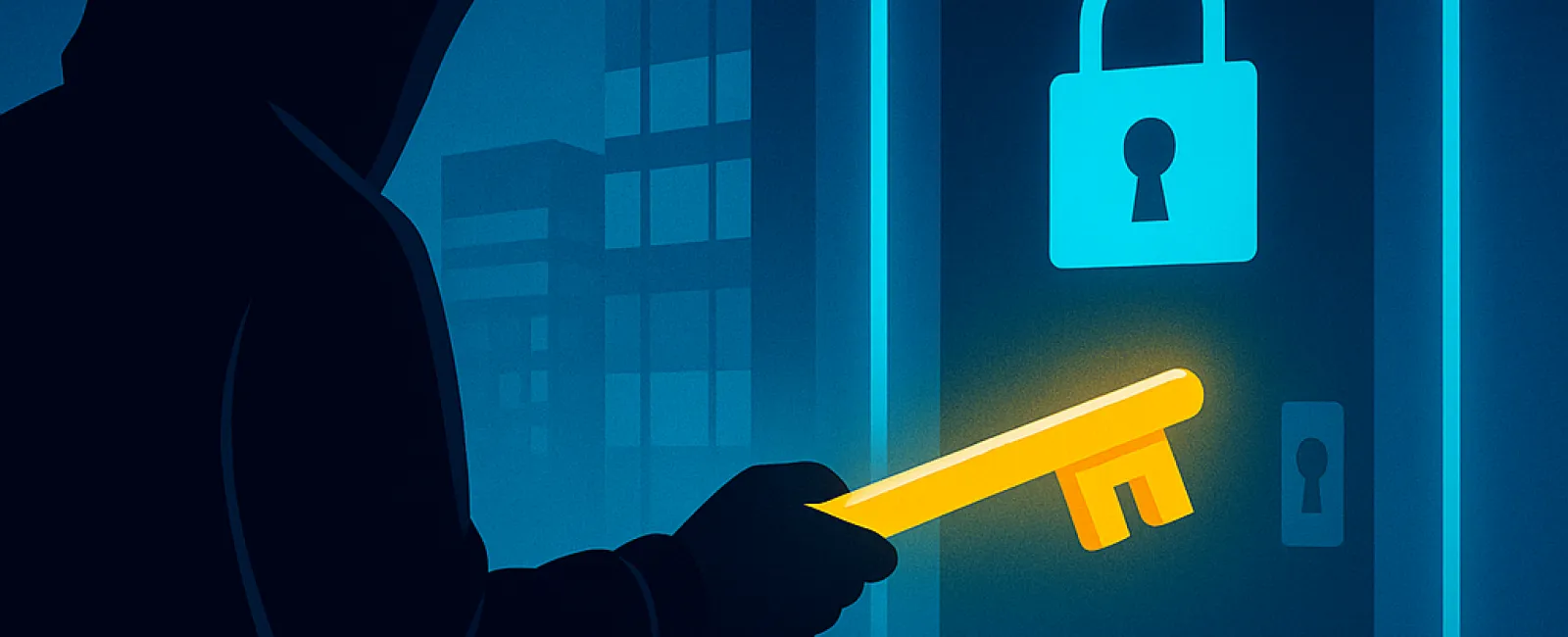August 04, 2025
Cybercriminals are evolving their tactics against small businesses. Instead of forcing entry, they now slip in quietly using stolen login credentials—your digital keys.
This method, known as an identity-based attack, has become the leading strategy hackers use to breach systems. They steal passwords, deceive employees with fraudulent emails, or bombard users with login requests until someone unknowingly grants access. Sadly, these tactics are proving highly effective.
According to a recent cybersecurity report, 67% of major security breaches in 2024 stemmed from compromised logins. Even industry giants like MGM and Caesars fell victim to these attacks the year prior—if they can be targeted, so can your small business.
How Do Hackers Gain Access?
Most attacks begin with a simple stolen password, but hackers are using increasingly sophisticated techniques:
· Phishing emails and fake login pages trick employees into revealing their credentials.
· SIM swapping enables hackers to intercept text messages used for two-factor authentication codes.
· Multifactor authentication (MFA) fatigue attacks flood your device with approval requests, hoping you'll accidentally authorize access.
They also target employee personal devices and third-party vendors like help desks or call centers to find vulnerabilities.
Effective Strategies to Secure Your Business
The good news is that protecting your business doesn't require expert-level tech skills. Implementing a few smart measures can dramatically enhance your security:
1. Enable Multifactor Authentication (MFA)
Add an extra verification step when logging in. Opt for app-based or security key MFA methods, which offer stronger protection than SMS-based codes.
2. Educate Your Team
Your security depends on your employees' ability to identify scams. Train them to recognize suspicious emails and requests, and establish clear reporting procedures.
3. Restrict Access
Grant employees only the permissions necessary for their roles. Limiting access minimizes damage if an account is compromised.
4. Adopt Strong Passwords or Passwordless Solutions
Encourage the use of password managers or advanced authentication tools like fingerprint scanners and security keys to eliminate reliance on passwords.
The Bottom Line
Hackers relentlessly pursue your login credentials and constantly refine their methods. Staying protected doesn't mean you have to face this challenge alone.
We're here to help you implement robust security solutions that safeguard your business without complicating your team's workflow.
Wondering if your business is at risk? Let's talk. Click here or give us a call at 630-895-8208 to book your Consult.





